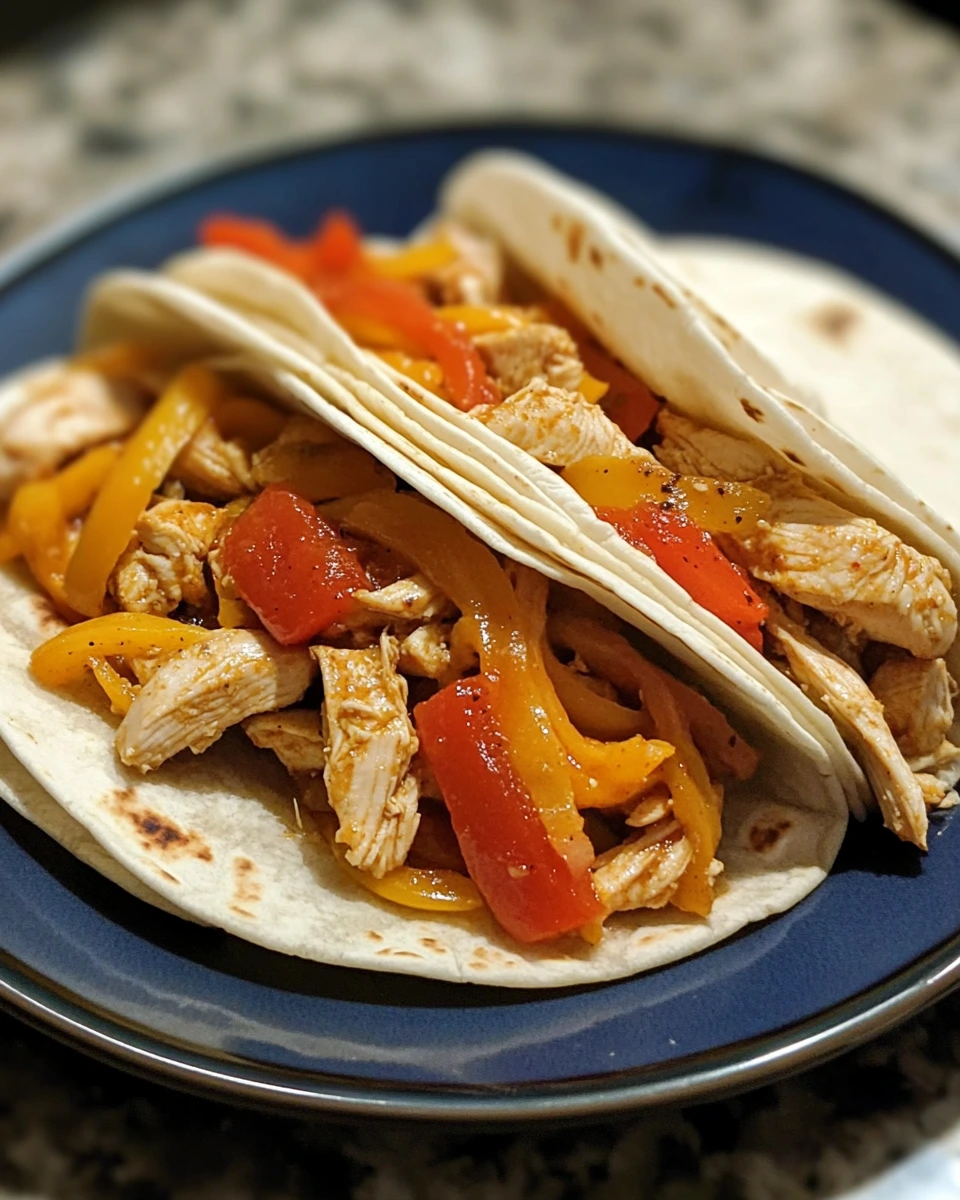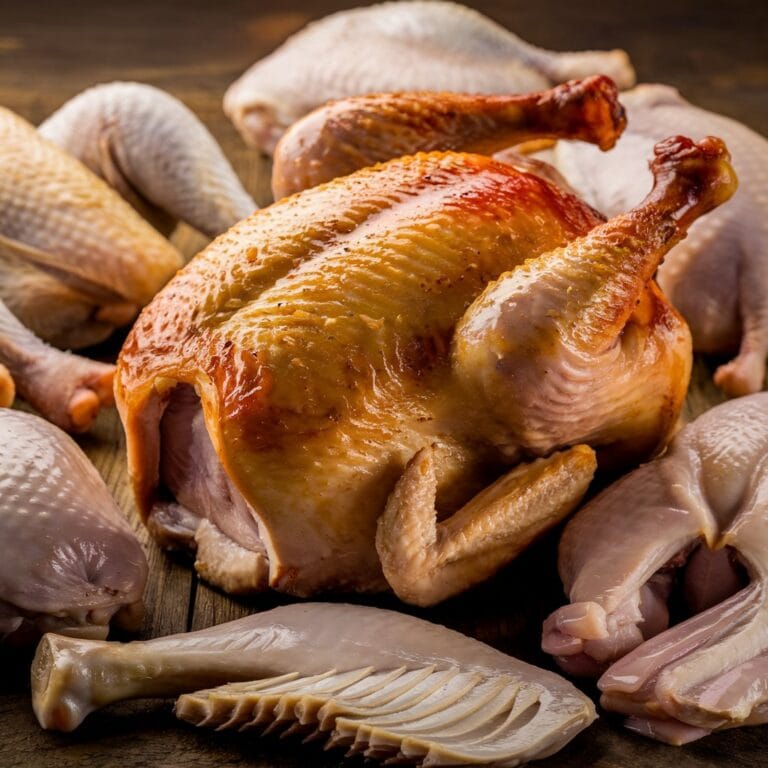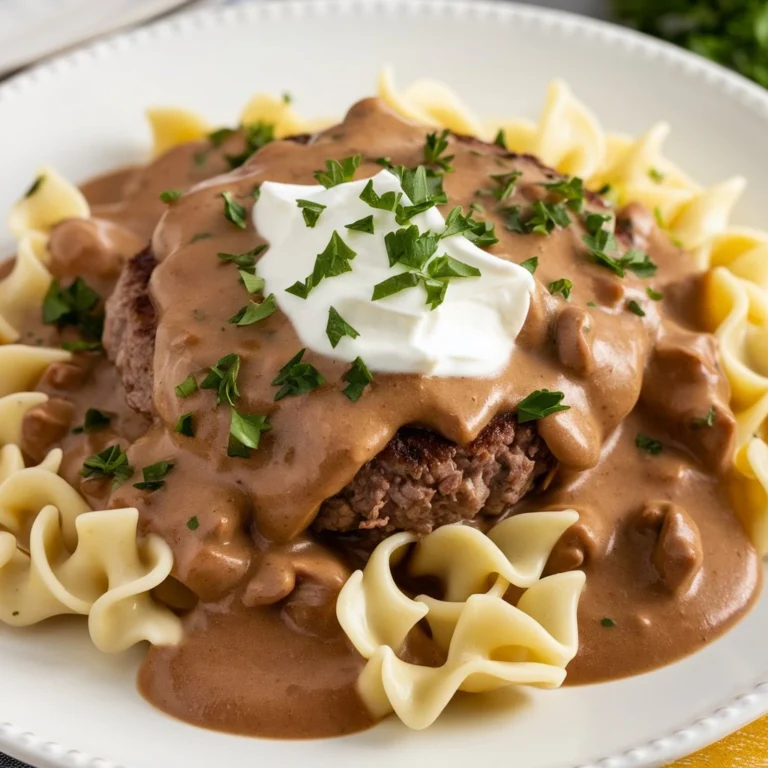What Takes Longer to Cook: Beef or Chicken Fajitas?
What Takes Longer to Cook: Beef or Chicken Fajitas?
Fajitas are a delicious and versatile dish that can be made with a variety of proteins, including beef and chicken. However, one of the most frequently asked questions when preparing fajitas is whether beef or chicken takes longer to cook. The answer depends on several factors, such as the cut of meat, the cooking method, the preparation time (including marinating), and the desired level of doneness.
In this comprehensive guide, we’ll explore the cooking times for both beef and chicken fajitas, discuss how to prepare each type of meat, and give you tips to achieve perfectly cooked fajitas. Whether you’re a novice cook or a seasoned fajita fan, this article will help you master the art of cooking beef and chicken fajitas.
Table of Contents
- Introduction to Fajitas
- Cooking Time Differences Between Beef and Chicken
- Key Factors That Influence Cooking Time
- Ideal Cuts for Beef Fajitas
- Best Cuts for Chicken Fajitas
- The Science Behind Cooking Beef vs. Chicken
- Cooking Methods for Fajitas
- Using Marinades to Speed Up Cooking
- How to Tell When Beef and Chicken Fajitas Are Done
- Flavor Pairings and Marinades for Fajitas
- Tips for Cooking Fajitas on the Grill
- Pan-Frying Fajitas: A Quick and Tasty Option
- Nutritional Comparison: Beef vs. Chicken Fajitas
- Common Mistakes to Avoid When Cooking Fajitas
- Frequently Asked Questions
- Conclusion
1. Introduction to Beef or Chicken Fajitas
Fajitas are a traditional Mexican dish that originated in the ranchlands of Texas and northern Mexico. The word “fajita” comes from the Spanish word “faja,” which means strip or belt. This refers to the way the meat, typically beef or chicken, is cut into thin strips for cooking. Originally, fajitas were made with skirt steak, but over time, variations using different cuts of beef and chicken became popular.
Today, fajitas are a staple of Tex-Mex cuisine and can be found in restaurants and homes across the globe. They’re usually served with bell peppers, onions, warm tortillas, and a variety of toppings such as guacamole, sour cream, and salsa.
While the dish itself is simple, the debate over whether beef or chicken takes longer to cook is common among home cooks. The answer depends on the type of meat you’re using and how you prepare it.
2. Cooking Time Differences Between Beef or Chicken Fajitas
The cooking time for fajitas varies significantly between beef and chicken. In general, beef fajitas take longer to cook because of the density and texture of the meat. However, specific cuts of beef or chicken can affect the overall cooking time.
Beef Fajitas
- Beef cuts, such as skirt steak or flank steak, have more connective tissue than chicken. These tissues require longer cooking times to break down and become tender. Depending on the thickness of the cut, beef fajitas can take between 8 to 15 minutes to cook.
- Beef can also be cooked to varying degrees of doneness, ranging from rare to well-done. For fajitas, most people prefer medium-rare to medium (about 135-145°F), as this keeps the beef tender while still fully cooked.
Chicken Fajitas
- Chicken breasts or thighs, commonly used in fajitas, cook much faster than beef due to their leaner composition. Chicken should be cooked to an internal temperature of 165°F (75°C) to ensure it’s safe to eat. Chicken fajitas typically take 6 to 10 minutes, depending on the thickness of the meat.
- Chicken has less fat and connective tissue, which means it doesn’t need as much cooking time to become tender. However, it’s important to avoid overcooking, as this can result in dry, tough chicken.
3. Key Factors That Affect Beef and Chicken Fajita Cooking Times
Several factors determine how long beef or chicken fajitas will take to cook. Understanding these factors will help you plan your cooking time and ensure both meats are cooked to perfection.
Thickness of the Meat
- Thicker cuts of meat will take longer to cook, whether it’s beef or chicken. Thinly sliced strips of either meat will cook faster, making them ideal for fajitas.
Cooking Method
- Grilling, pan-frying, and broiling can all be used to cook fajitas, but each method will affect the cooking time differently. Grilling typically takes longer for beef, while pan-frying or broiling is faster for both beef and chicken.
Marination Time
- Marinating beef and chicken not only adds flavor but also tenderizes the meat. Marinated meat generally cooks faster because the acid in the marinade breaks down the protein fibers, making the meat more tender and reducing cooking time.
Desired Doneness
- Beef can be cooked to varying levels of doneness, from rare to well-done. The longer you cook it, the more time it will take. Chicken, however, needs to be cooked all the way through to ensure safety, so there’s less flexibility in cooking time.
4. Ideal Cuts for Beef or Chicken Fajitas
When making beef fajitas, the choice of meat plays a crucial role in determining the cooking time and flavor. Traditionally, skirt steak is used for fajitas, but there are other cuts that work equally well.
Skirt Steak
- Skirt steak is the most common cut used for beef fajitas. It has a rich, beefy flavor and a good amount of fat, which keeps the meat juicy during cooking. However, it can be tough if overcooked, so it’s best cooked quickly at high heat to medium-rare.
Flank Steak
- Flank steak is another popular choice for fajitas. It’s leaner than skirt steak but still has a strong beefy flavor. Flank steak should also be cooked quickly and sliced against the grain to ensure tenderness.
Sirloin Steak
- Sirloin is a more tender cut than skirt or flank steak, making it a good option if you prefer your beef fajitas to be a little more tender. It has a milder flavor but cooks more quickly than other cuts.
Ribeye Steak
- Ribeye is a fattier cut of beef, which means it will stay juicy even if cooked for a longer time. However, its higher fat content also means it can take a bit longer to cook.
5. Best Cuts for Chicken Fajitas
For chicken fajitas, the two most common cuts are chicken breasts and chicken thighs. Both offer different textures and flavors, but the cooking time is similar.
Chicken Breasts
- Chicken breasts are lean and cook quickly, making them a great choice for fajitas. However, they can dry out if overcooked, so it’s important to cook them just until they reach 165°F (75°C). Slicing the breasts thinly ensures even cooking.
Chicken Thighs
- Chicken thighs have more fat than breasts, which makes them more forgiving if overcooked. They also have a richer flavor, which many people prefer in fajitas. Thighs may take a little longer to cook than breasts, but they stay juicy even if cooked for a few extra minutes.
6. The Science Behind Cooking Beef vs. Chicken
The reason beef takes longer to cook than chicken comes down to the structure of the meat.
Beef
- Beef contains more connective tissue, particularly collagen, which needs to be broken down during cooking to become tender. This is why tougher cuts of beef, such as skirt or flank steak, take longer to cook. Additionally, beef can be cooked to different levels of doneness, which adds more variability to the cooking time.
Chicken
- Chicken, particularly breasts, is leaner and has less connective tissue, meaning it cooks faster. However, because chicken must be cooked thoroughly to avoid the risk of foodborne illness, there’s less room for error when it comes to cooking time.
7. Cooking Methods for Fajitas
The method you choose to cook your fajitas will have a significant impact on how long the meat takes to cook. Let’s explore the most common cooking methods for fajitas.
Grilling
- Grilling is a great way to cook fajitas, especially beef. The high heat of the grill sears the meat quickly, locking in the juices and creating a nice char on the outside. Beef can take around 5 to 7 minutes per side, depending on the thickness of the steak. Chicken usually takes less time, around 4 to 5 minutes per side.
Pan-Frying
- Pan-frying is one of the quickest methods to cook fajitas. Using a cast-iron skillet or a heavy-bottomed pan, you can sear the meat quickly on the stovetop. For chicken, you’ll want to cook for about 5 to 7 minutes per side, depending on the thickness. Beef, especially skirt or flank steak, can take 6 to 8 minutes per side.
Broiling
- Broiling uses intense heat from above to cook the meat. It’s an efficient way to cook fajitas, especially if you’re cooking a large batch. Broiling beef takes around 8 to 10 minutes, while chicken fajitas can be done in as little as 6 to 8 minutes, depending on the size of the pieces.
8. Using Marinades to Speed Up Cooking
A well-chosen marinade can make a big difference in the cooking time and flavor of your fajitas. Marinades, which typically include an acid like lime juice or vinegar, help to break down the protein fibers in the meat, making it more tender and allowing it to cook faster.
Beef Marinades
- For beef fajitas, a marinade with lime juice, garlic, cumin, and cilantro can not only add flavor but also tenderize the meat. A longer marination time, around 2 to 4 hours, will help the beef cook more quickly and evenly.
Chicken Marinades
- Chicken fajitas benefit from a similar marinade, but since chicken is more delicate than beef, it doesn’t need as long to marinate. A 30-minute to 1-hour marinade with lime juice, olive oil, and spices is enough to infuse flavor and tenderize the chicken for faster cooking.
9. How to Tell When Beef and Chicken Fajitas Are Done
Knowing when your fajitas are done is crucial to achieving the perfect texture and flavor. While visual cues can help, using a meat thermometer is the best way to ensure your beef and chicken are cooked to perfection.
Beef Fajitas
- For beef fajitas, the internal temperature should reach 135°F (57°C) for medium-rare, 145°F (63°C) for medium, and 160°F (71°C) for well-done. However, most people prefer fajita meat to be cooked to medium-rare to maintain tenderness.
Chicken Fajitas
- Chicken should always be cooked to an internal temperature of 165°F (75°C) to ensure it’s safe to eat. Unlike beef, chicken must be fully cooked, so there’s less flexibility in the cooking time.
10. Flavor Pairings and Marinades for Fajitas
To take your fajitas to the next level, consider experimenting with different marinades and flavor pairings.
For Beef Fajitas:
- Lime juice, garlic, cumin, and cilantro create a classic Tex-Mex flavor.
- Add some heat with jalapeño or chipotle peppers.
- Marinate in soy sauce and lime for a fusion twist.
For Chicken Fajitas:
- A mix of lime, garlic, and paprika gives a smoky, tangy flavor.
- Try adding yogurt to your marinade for a creamy texture and extra tenderness.
- Add honey or agave syrup for a hint of sweetness.
11. Tips for Cooking Fajitas on the Grill
Grilling fajitas brings out the natural flavors of both beef and chicken, thanks to the high heat and char that develops on the outside of the meat. Here are some tips for perfecting your grilled fajitas:
- Preheat the Grill: Make sure your grill is fully preheated before adding the meat. A hot grill ensures a quick sear and keeps the meat juicy.
- Oil the Grates: To prevent the meat from sticking, oil the grill grates lightly before cooking.
- Use a Meat Thermometer: This is especially important for chicken, which needs to be cooked through. Insert the thermometer into the thickest part of the meat to check for doneness.
12. Pan-Frying Fajitas: A Quick and Tasty Option
If you’re short on time, pan-frying is a quick and efficient way to cook fajitas. A cast-iron skillet works best for getting a nice sear on the meat while keeping the inside tender.
- Heat the Pan: Make sure your pan is hot before adding the meat. A hot pan will help create a good sear on the outside while cooking the meat evenly.
- Cook in Batches: To avoid overcrowding the pan, cook the meat in batches. Overcrowding the pan will cause the meat to steam rather than sear, which can lead to a rubbery texture.
- Let the Meat Rest: After cooking, let the meat rest for a few minutes before slicing. This allows the juices to redistribute throughout the meat, keeping it moist and flavorful.
13. Nutritional Comparison: Beef vs. Chicken Fajitas
When choosing between beef and chicken for your fajitas, it’s worth considering the nutritional differences. Here’s a quick comparison:
Beef Fajitas
- Calories: Beef fajitas tend to be higher in calories due to the fat content of the meat. A typical serving of beef fajitas can contain anywhere from 300 to 450 calories, depending on the cut of beef and the cooking method.
- Protein: Beef is an excellent source of protein, providing around 20 to 25 grams per serving.
- Fat: Beef fajitas are higher in fat, with about 10 to 20 grams of fat per serving, depending on the cut of meat.
Chicken Fajitas
- Calories: Chicken fajitas are generally lower in calories than beef fajitas, with a typical serving containing around 200 to 300 calories.
- Protein: Chicken is also a great source of protein, providing about 20 to 25 grams per serving.
- Fat: Chicken fajitas are lower in fat, especially if you use chicken breasts. A typical serving contains around 5 to 10 grams of fat.
14. Common Mistakes to Avoid When Cooking Fajitas
Cooking fajitas may seem straightforward, but there are a few common mistakes that can result in tough, dry meat. Here’s what to avoid:
- Overcooking the Meat: This is especially common with chicken. Make sure to cook it just until it reaches an internal temperature of 165°F to avoid dryness.
- Using the Wrong Cut of Beef: Not all cuts of beef are suitable for fajitas. Tougher cuts like brisket or chuck roast require much longer cooking times and aren’t ideal for quick fajitas.
- Skipping the Marinade: Marinades not only add flavor but also tenderize the meat, making it cook faster and more evenly.
15. Frequently Asked Questions
Does beef take longer to cook than chicken?
Yes, beef generally takes longer to cook than chicken because it has more connective tissue and fat. However, the cooking time depends on the cut of meat and the method used.
Can I cook beef and chicken together for fajitas?
It’s not recommended to cook beef and chicken together for fajitas, as they have different cooking times. If you cook them together, either the chicken will be overcooked or the beef will be undercooked. It’s best to cook them separately and then combine them when serving.
How do I know when fajitas are done?
For beef, the internal temperature should be around 135°F for medium-rare or 145°F for medium. For chicken, make sure the internal temperature reaches 165°F to ensure it’s fully cooked.
Can I use other types of meat for fajitas?
Yes! You can use pork, shrimp, or even tofu as alternatives to beef or chicken for fajitas. Just be sure to adjust the cooking time accordingly.
16. Conclusion
Cooking beef or chicken fajitas to perfection requires an understanding of how different meats behave under heat. Beef typically takes longer to cook due to its texture and fat content, while chicken cooks faster but must be carefully monitored to avoid overcooking. By choosing the right cuts, using marinades, and applying the correct cooking methods, you can create delicious fajitas every time.
Whether you’re grilling, pan-frying, or broiling, the key is to keep an eye on the cooking time and use a meat thermometer to ensure the meat reaches the perfect internal temperature. With these tips in mind, you’ll be able to serve up tender, flavorful fajitas that everyone will enjoy!







